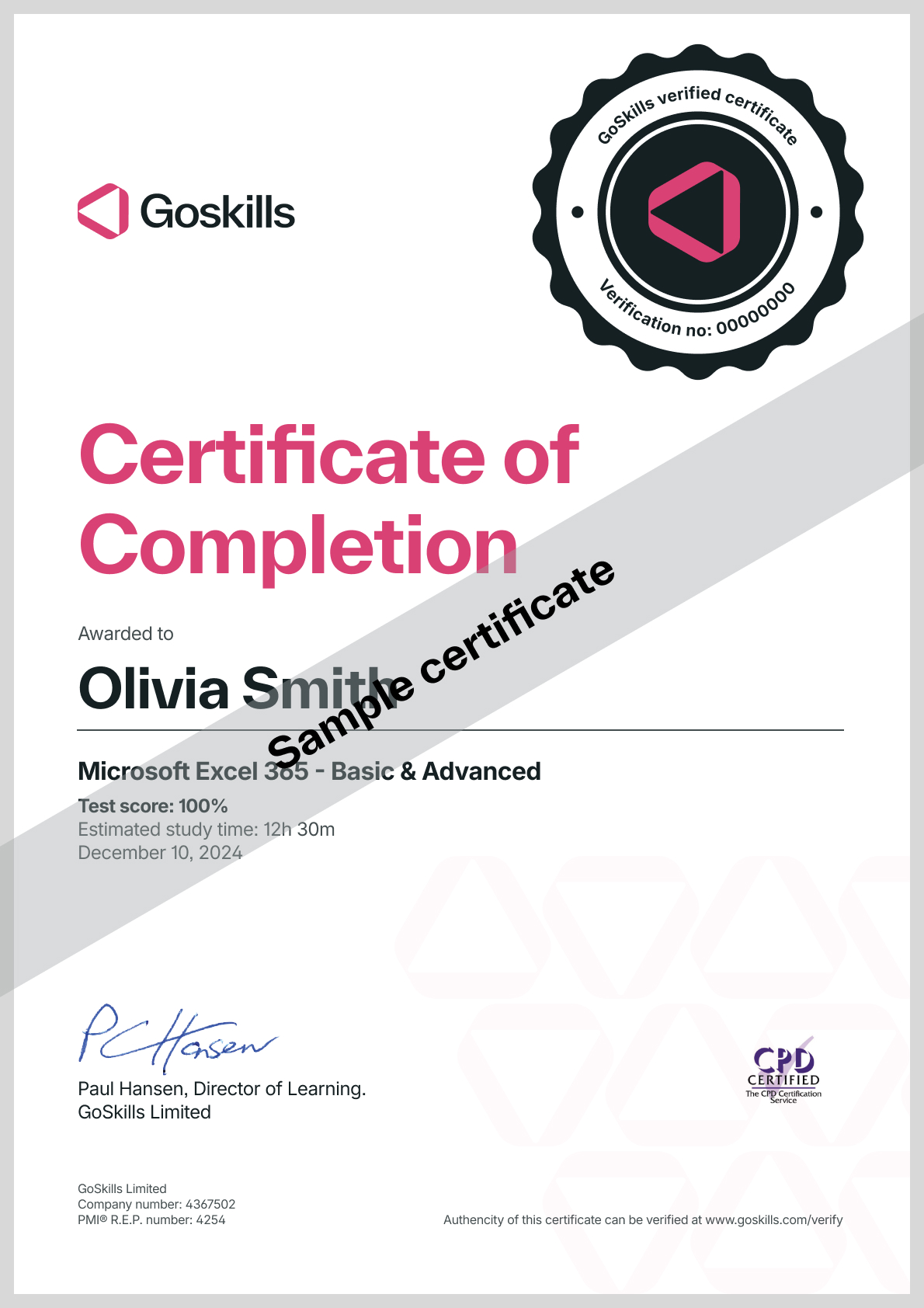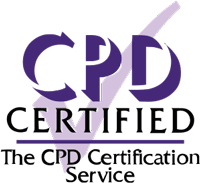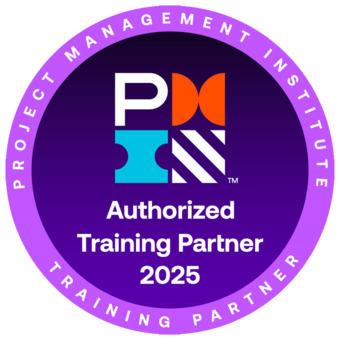Agile Scrum Training Online Course for Team Members
Scrum for Team Members
Skills you’ll gain
Motivated Scrum team members are in high demand in many industries including software development, marketing, education and design. Scrum team members form a self-organizing and empowered team responsible for delivering a high quality outcome, and are integral to project success.
This Agile Scrum training online course will help you make valuable contributions to the Scrum team, stack your resume with skills and rise the ranks of the corporate ladder.
Highlights:
- 21 lessons.
- Understand the roles of Scrum Master and Scrum Team.
- Know the steps in planning and executing an Agile/Scrum project.
- Understand the organizational impact of using Agile/Scrum for project management.
- Recognize the differences between Sequential, Concurrent, and Agile project management and know when to use each approach.
- Project Management Institute's Agile Certified Practitioner Handbook.
- Earn 10.5 contact hours or PDUs toward your project management education for certification with PMI.
Once enrolled, our friendly support team and tutors are here to help with any course related inquiries.
Syllabus
Download syllabus-
1
Sprint – Scrum Process The Agile/Scrum methodology is a structured project management methodology. It follows a prescribed process that includes Sprints and Scrums. 4m
-
2
Sprint – Scrum Meetings Within the Agile/Scrum project management methodology there are a set of meetings that are used to plan and manage the process. Rather than analytical tools, this methodology relies heavily on the use of specific targeted meetings. 5m
-
3
Story Cards Story Cards, also known as Product Backlog Items (PBIs) are the technique used for documenting project scope, quality requirements, estimates and priority of the deliverables in an Agile/Scrum project. 3m
-
4
Product Backlog The product backlog is the prioritized list of project deliverables. 4m
-
5
Sprint – Scrum Team The Scrum Team performs the project work conducted during a Sprint on an Agile/Scrum project. 6m
-
6
Scrum Master The Scrum Master is the individual who is responsible for facilitating the Agile/Scrum Sprint process. 5m
-
7
Sprint Controls Sprint Controls are the project management tools that are used by the Scrum Master and Scrum Team to assess performance. 5m
-
1
Step 0: Vision A clear goal or vision is essential to project success. That is as true with Agile/Scrum as with traditional projects. 4m
-
2
Step 1: Preparing the Product Backlog Preparing the Product Backlog is the first step in the Agile/Scrum Sprint methodology. It includes creating and prioritizing all the Story Cards. 4m
-
3
Step 2: Assign Scrum Team To do the work of the Sprint, a Scrum Team must be assigned. 4m
-
4
Step 3: Sprint Planning The Sprint is initiated with a Sprint Planning Session that organizes the work, estimates the effort, and initializes the Scrum Board and Burn Down Chart. 5m
-
5
Step 4: Sprint Execution Sprint execution is the actual work of the Scrum team during the Sprint to accomplish the tasks needed to complete each Story in the Sprint Backlog. 4m
-
6
Step 5: Sprint Demonstration The Sprint Demonstration is the formal meeting where the Scrum Team demonstrates to the Product Owner the performance of each deliverable that was created during the Sprint. 4m
-
7
Step 7: Sprint Retrospective The Sprint Retrospective is a lessons learned meeting with a focus of identifying opportunities to improve the performance and management of the next Sprint. 4m
-
1
Self-Organizing Teams Scrum Teams do not rely on assigned project management roles, rather the team organizes and manages itself. 5m
-
2
Scrum Meetings During a Sprint, the Scrum Team meets daily at a Scrum Meeting to provide status on progress. 6m
Certificate
Certificate of Completion
Awarded upon successful completion of the course.

Instructor
Ray Sheen
Ray is a certified Project Management Professional (PMP) with the Project Management Institute, a certified Scrum Master with Scrum Alliance, and certified Lean Six Sigma Black Belt with IASSC. He is a member of the Project Management Institute and the Product Development Management Association.
He is president and founder of Product & Process Innovation, Inc. and is a veteran business leader with over 25 years of executive, project management, and engineering management experience. Ray has worked in several industries including aerospace, electrical distribution and utilities, biotechnology, appliances, electronics, machining, medical devices, pharmaceutical, automotive, and financial services. He has held executive management positions in a Fortune 500 company and has been involved in entrepreneurial startup organizations.

Ray Sheen
Project Management Instructor & Author
Accreditations
Link to awards The PMI ATP seal, PMI, PMP, CAPM and PMBOK are registered marks of the Project Management Institute, Inc.How GoSkills helped Chris
I got the promotion largely because of the skills I could develop, thanks to the GoSkills courses I took. I set aside at least 30 minutes daily to invest in myself and my professional growth. Seeing how much this has helped me become a more efficient employee is a big motivation.



